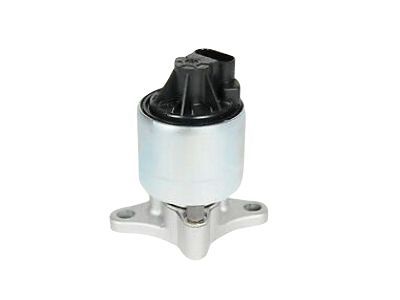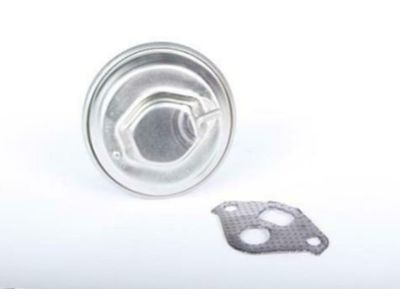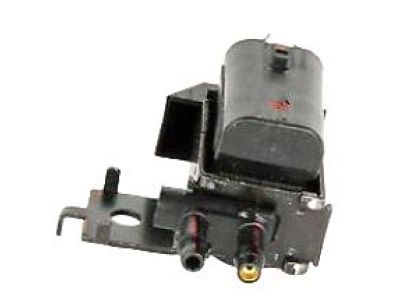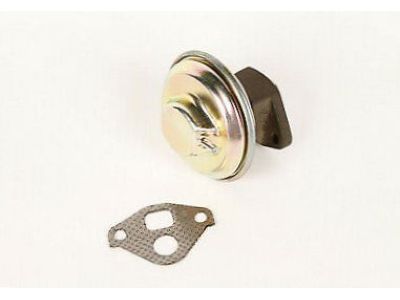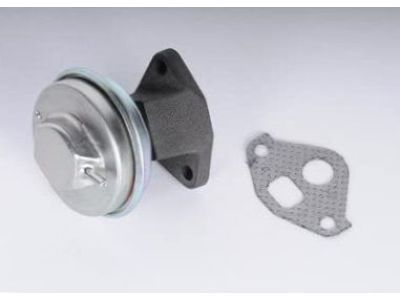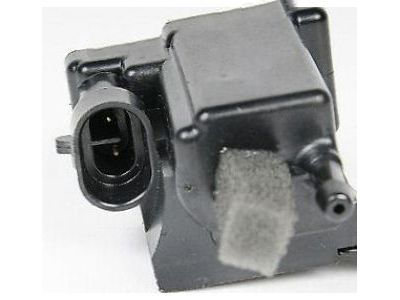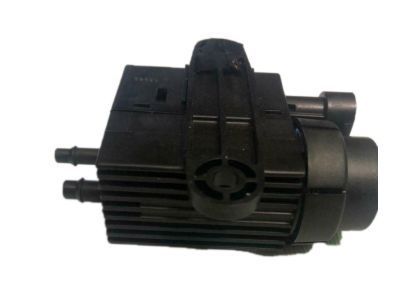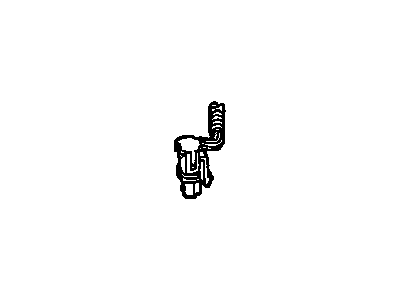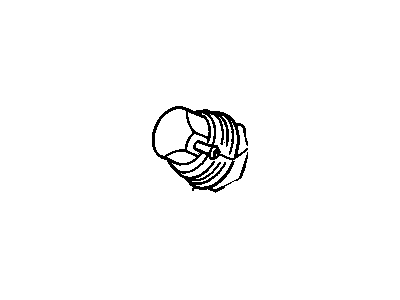My Garage
My Account
Cart
Genuine Chevrolet K1500 EGR Valve
Emissions EGR Valve- Select Vehicle by Model
- Select Vehicle by VIN
Select Vehicle by Model
orMake
Model
Year
Select Vehicle by VIN
For the most accurate results, select vehicle by your VIN (Vehicle Identification Number).
23 EGR Valves found
Chevrolet K1500 Valve,EGR
Part Number: 12578038$51.61 MSRP: $93.84You Save: $42.23 (45%)Ships in 1-2 Business DaysChevrolet K1500 Valve Kit,EGR
Part Number: 19210654$97.66 MSRP: $177.56You Save: $79.90 (45%)Ships in 1-2 Business DaysChevrolet K1500 Valve Kit,EGR
Part Number: 19210663$80.94 MSRP: $168.07You Save: $87.13 (52%)Ships in 1-2 Business DaysChevrolet K1500 Valve Kit,EGR
Part Number: 19210655$72.64 MSRP: $150.85You Save: $78.21 (52%)Ships in 1-2 Business DaysChevrolet K1500 Valve Kit,EGR
Part Number: 19210641$62.07 MSRP: $117.12You Save: $55.05 (47%)Ships in 1-2 Business DaysChevrolet K1500 Valve Asm,EGR
Part Number: 17113505$64.86 MSRP: $130.56You Save: $65.70 (51%)Ships in 1-2 Business Days
| Page 1 of 2 |Next >
1-20 of 23 Results
Chevrolet K1500 EGR Valve
In Chevrolet K1500 vehicles, there is the EGR Valve that regulates the circulation of the waste exhaust products back to the chamber of combustion, thereby lowering air contaminants when the mixture of air to fuel is improper. This valve assists in the reduction of nitrogen oxide emission since it passes back used gas which helps to lower peak temperature and enhance efficacy of the efficiency of the engine. In the course of evolution of EGR technology the basic functioning aspect of the EGR system was a jet which has evolved into a complex EGR valve that adapts as the circumstances in the engine evolve. Even though EGR is efficient in reaching the set emission levels, several advanced motors, for instance, Chrysler Pentastar 3.6, does not need it. It is required to perform maintenance frequently in order for the carbon accumulations not to block the place of the EGR valve.
Each OEM Chevrolet K1500 EGR Valve we offer is competitively priced and comes with the assurance of the manufacturer's warranty for the part. Furthermore, we guarantee the speedy delivery of your orders right to your doorstep. Our hassle-free return policy is also in place for your peace of mind.
Chevrolet K1500 EGR Valve Parts Questions & Experts Answers
- Q: What is the purpose and function of the Exhaust Gas Recirculation (EGR) system and EGR Valve on Chevrolet K1500?A: EGR system is designed to reduce NOx emissions by recirculating some of the exhaust gases back into the intake manifold in order to decrease combustion temperatures, hence lowering NOx compound formation. In the early models (1988-1995), this system consists of an EGR valve, an EGR solenoid valve and the Electronic Control Module (ECM). When cruising on a highway for instance, ECM signals open EGR solenoid valve which allows vacuum from intake manifold to reach EGR valve that opens up thus allowing flow of exhaust gas into intake manifold. The later models (1996-2000) have an electronic EGR valve controlled by PCM, which can regulate EGR flow accurately based on engine operating conditions observed through EGR position sensor. Early model's problems with the EGR system are often characterized by poor idling and may be traced back to a wrong operation of the ECM or malfunctioning parts such as misrouted vacuum hoses or defective parts themselves like EGR solenoid valves or even the most complicated valving systems of vehicles sold in dealerships. It is important to inspect vacuum hoses and replace any that are damaged or misrouted. While testing entails applying vacuum to the idle engine's EGR valve; if there is no change in idle or little one at best then it might call for replacement of the same. For testing purposes on vehicles below 8500 GVW concerning EGR solenoid valves, ignition should be off with vacuum applied; otherwise replacement must be done while over 8500 GVW vehicle's during test should have ignition turned on (engine not running). Disconnecting electric connector and retesting is necessary if the electrical signal causes movement; replacing a solenoid valve if it does not move means that it has gone bad for all intents and purposes other than safety reasons related thereto. On late models (1996-2000), complete testing requires a scan tool, but there are some limited tests that can be done to confirm system operation if it is obviously failed. These involve checking the voltage supply and ground circuits for the EGR valve position sensor with a voltmeter indicating approximately 5.0 volts when the ignition key is on. If this is not true, then PCM-to-EGR valve circuits should be checked with a possible diagnosis of PCM by dealer service department or qualified repair shop if found to be okay. Checking continuity of EGR valve would require ohmmeter for the purpose of evaluating both EGR valve position sensor and EGR solenoid coil. Once an open circuit has been detected, professional diagnosis becomes necessary. In order to replace the EGR valve, access must be gained; electrical connectors disconnected (if equipped); mounting bolts removed and then remove gaskets from the EGR value during removal as new ones are applied after reinstallation. When doing replacement of EGR pipe, start by removing bracket bolt then loosen fittings at each end of pipe before removing it; afterwards install pipe with fittings tightened and bracket bolt secured again.
- Q: What is the information about the EGR valve and its maintenance on Chevrolet K1500?A: 1996 and later models use an electronically operated EGR valve. You must have these units checked by a dealer service department or other shop with the proper type scan tool that can operate the EGR valve electronically for testing. The EGR valve is usually located on the intake manifold, adjacent to the TBI unit. Most of the time when a problem develops in this emissions system, it's due to a stuck or corroded EGR valve. With the engine cold to prevent burns, push on the EGR valve diaphragm. Using moderate pressure, you should be able to press the diaphragm in-and-out within the housing. The EGA valve diaphragm should move easily with finger pressure. If the diaphragm doesn't move or moves only with much effort, replace the EGR valve with a new one. If in doubt about the condition of the valve, compare the free movement of your EGR valve with a new valve. Some vehicles are equipped with an electronic Vacuum Regulator Valve (VRV). The filter in this valve should be cleaned at regular intervals. The valve is located on a bracket near the EGR valve. Locate the valve and remove the old filter. Clean the filter with a soapy solution and reinstall it. For more information on the EGR system, look for more information.

